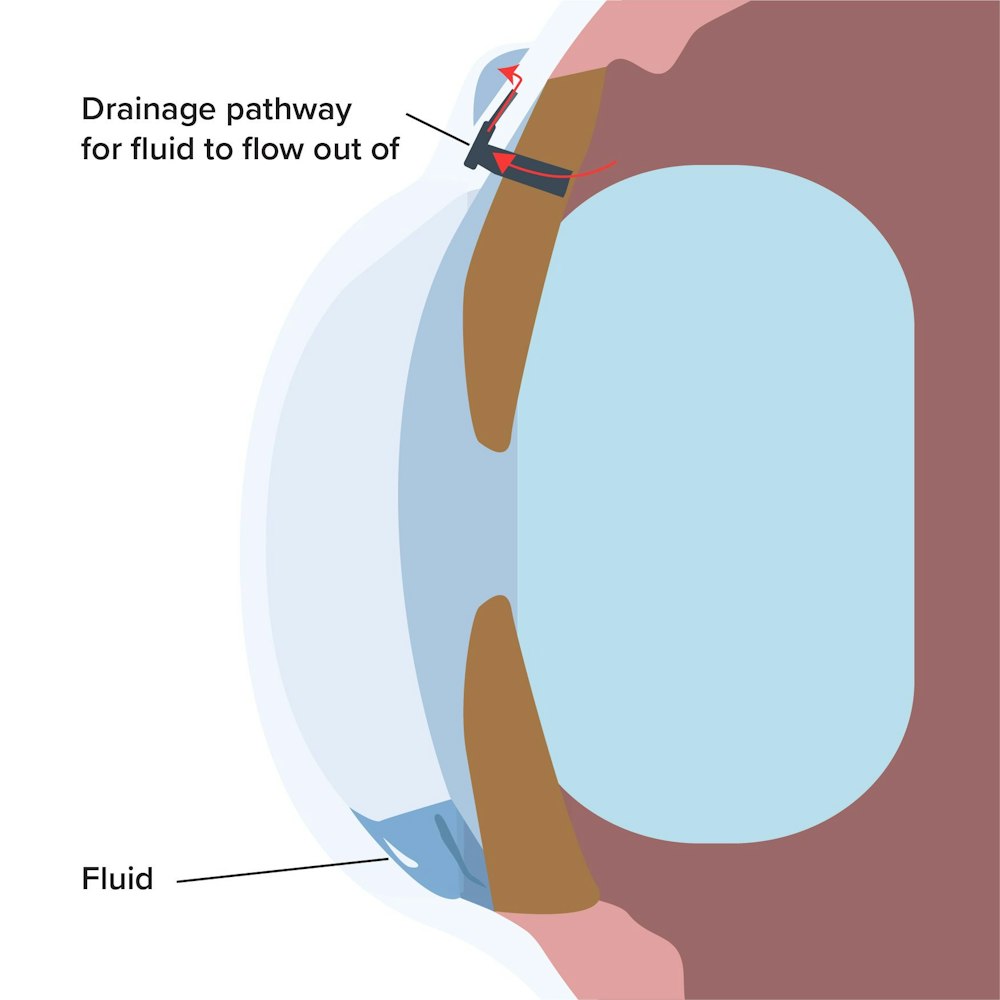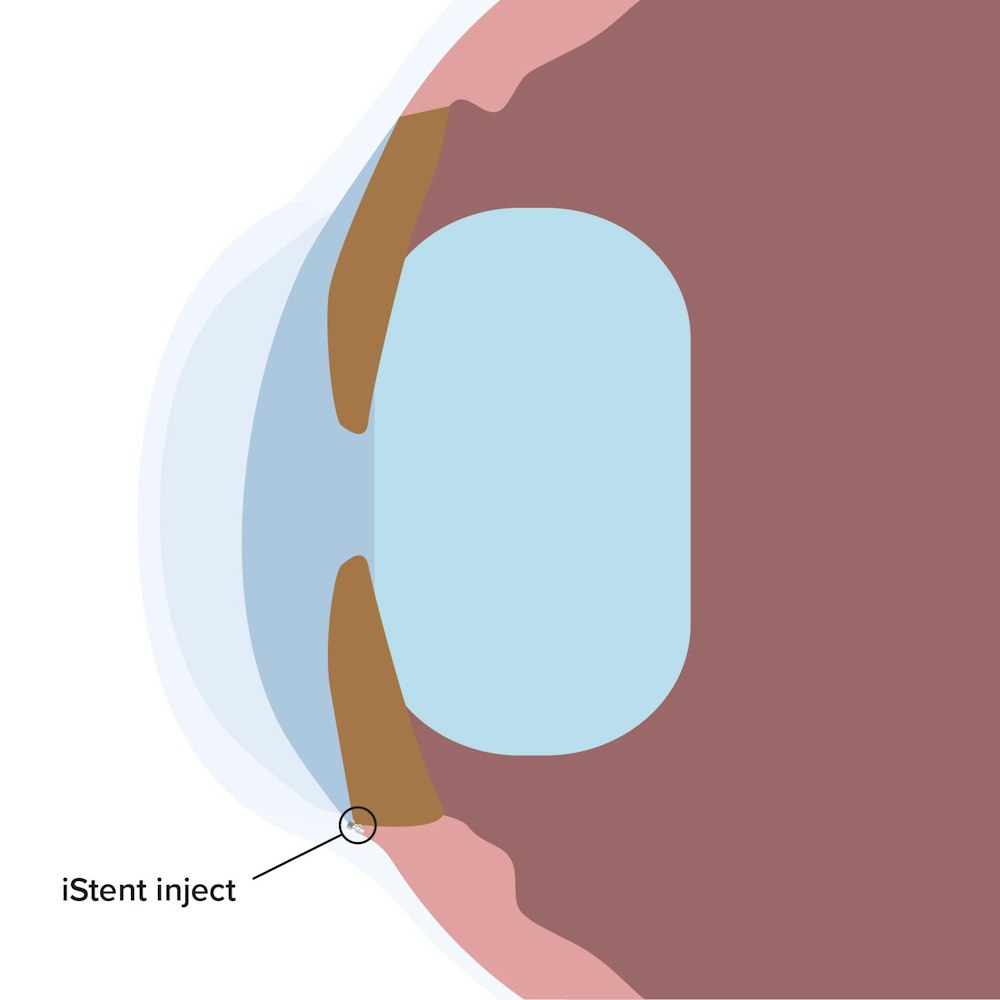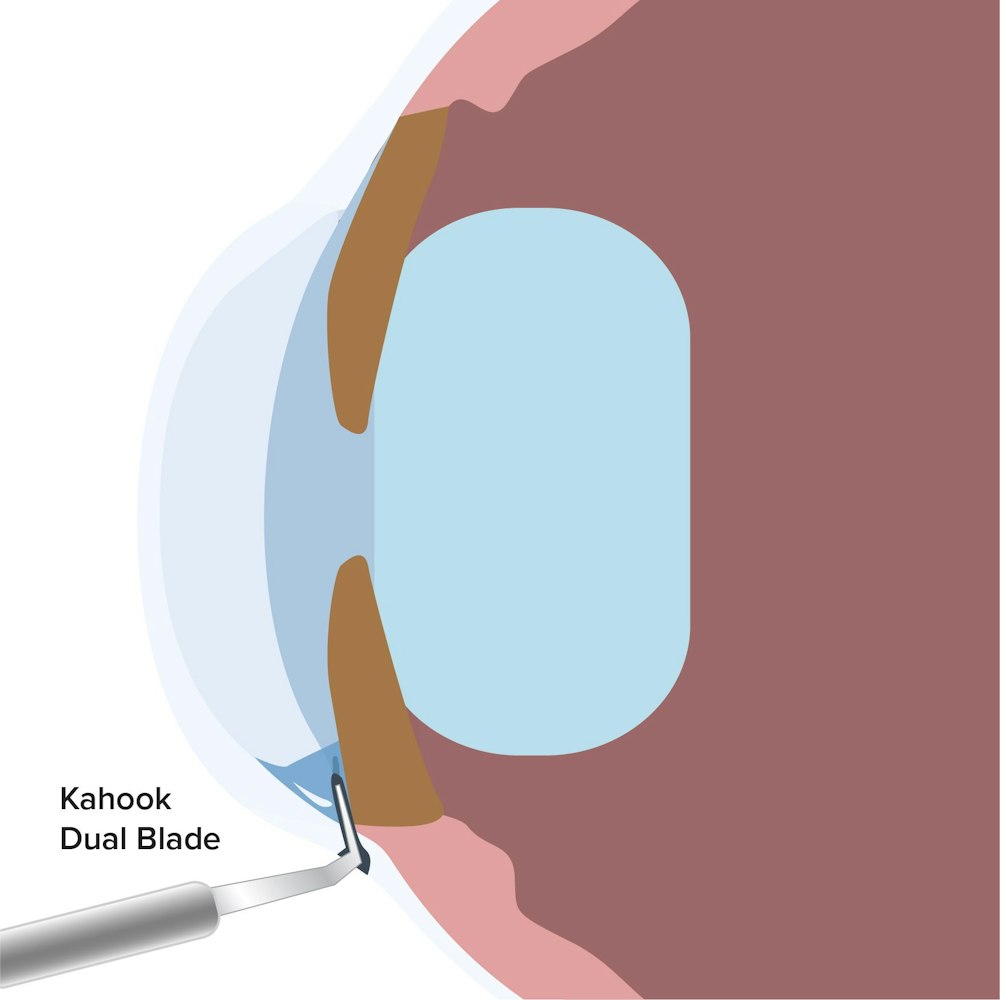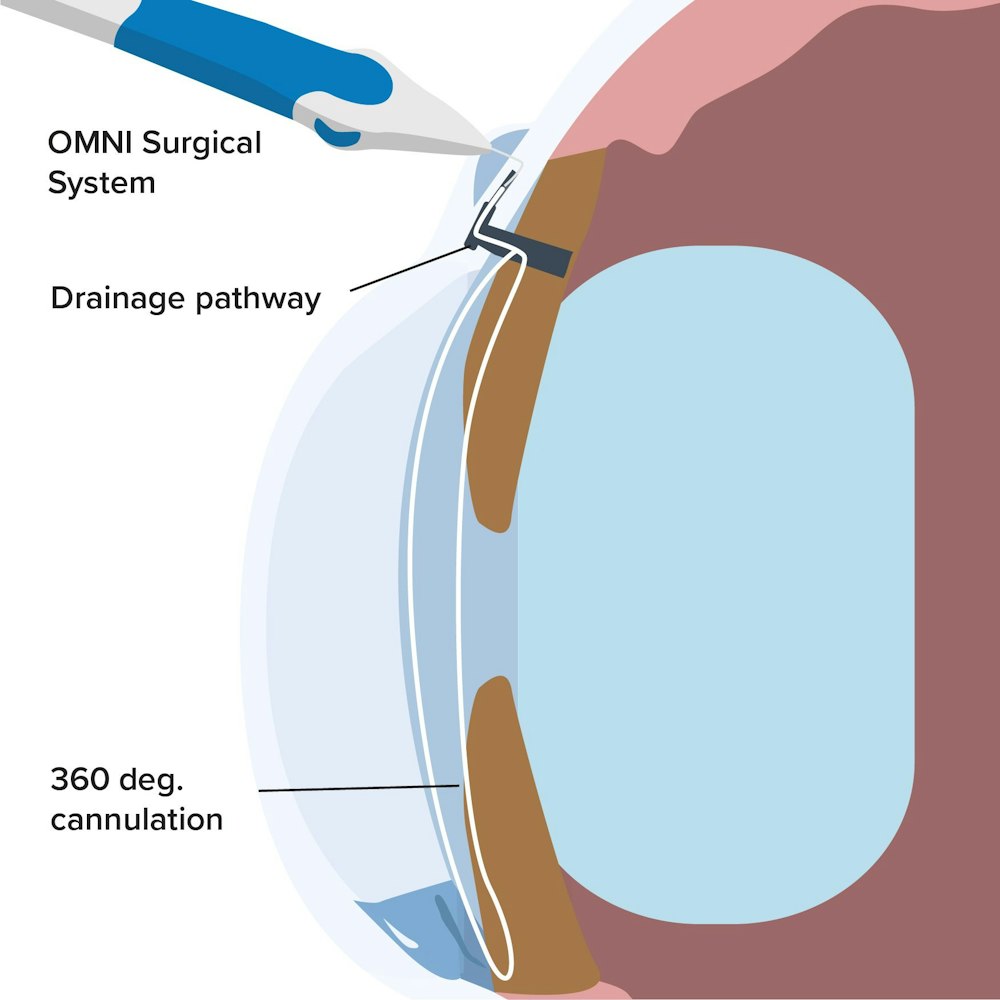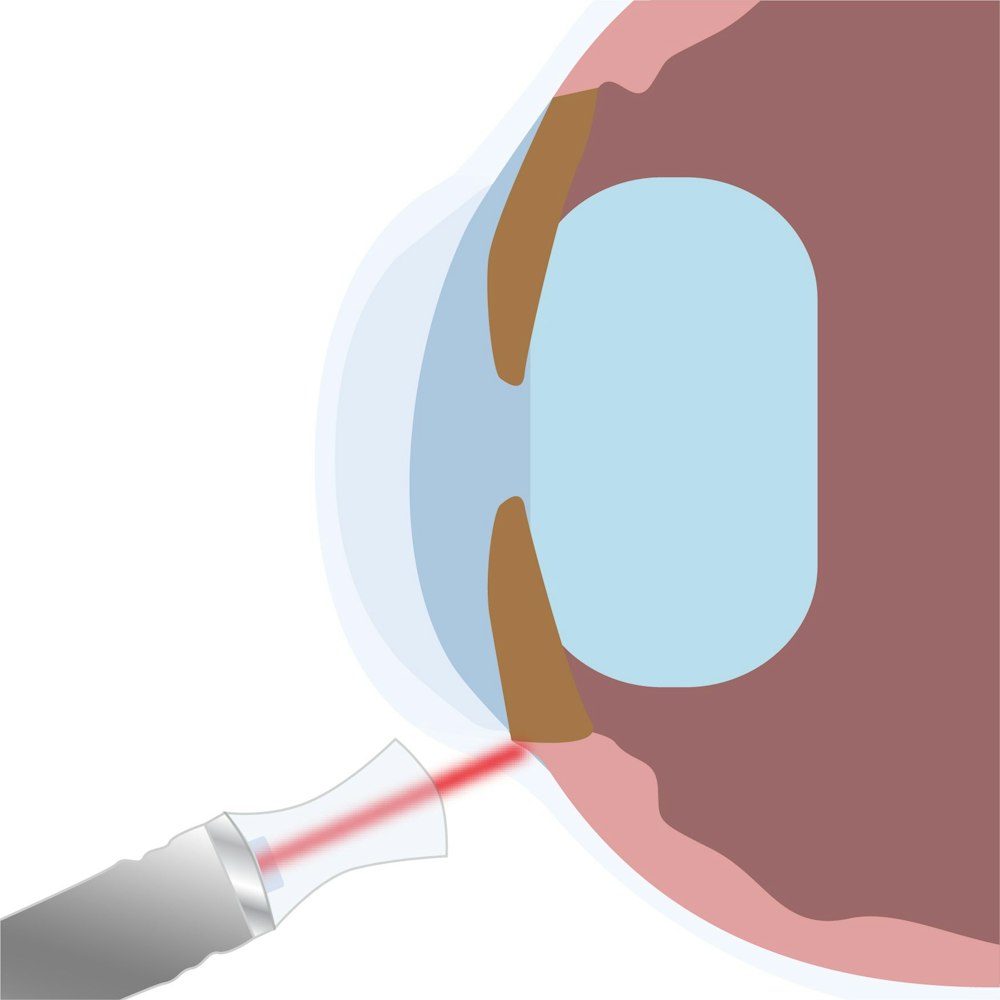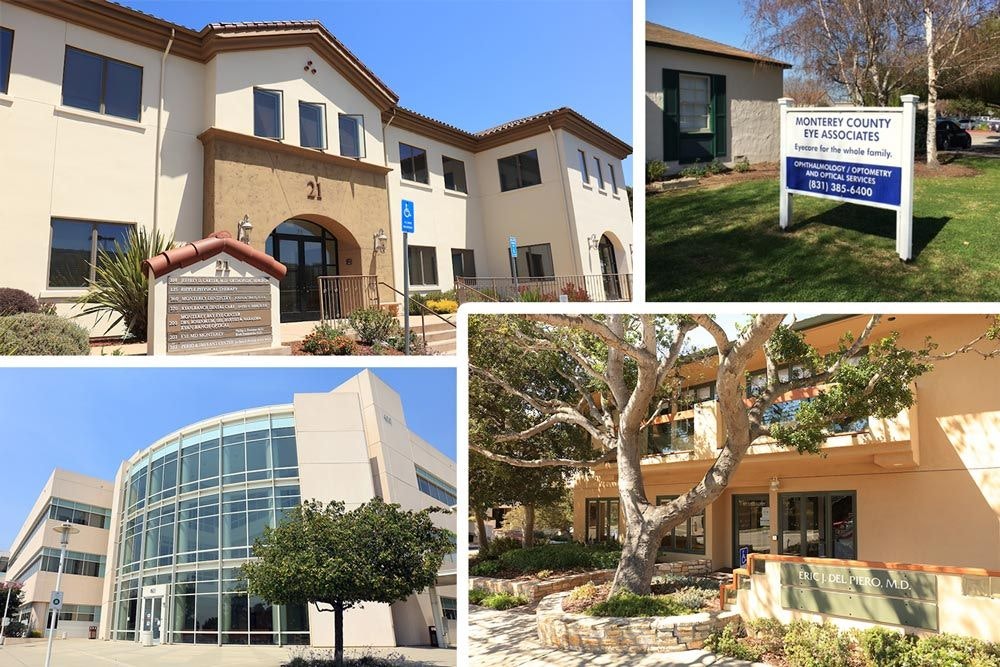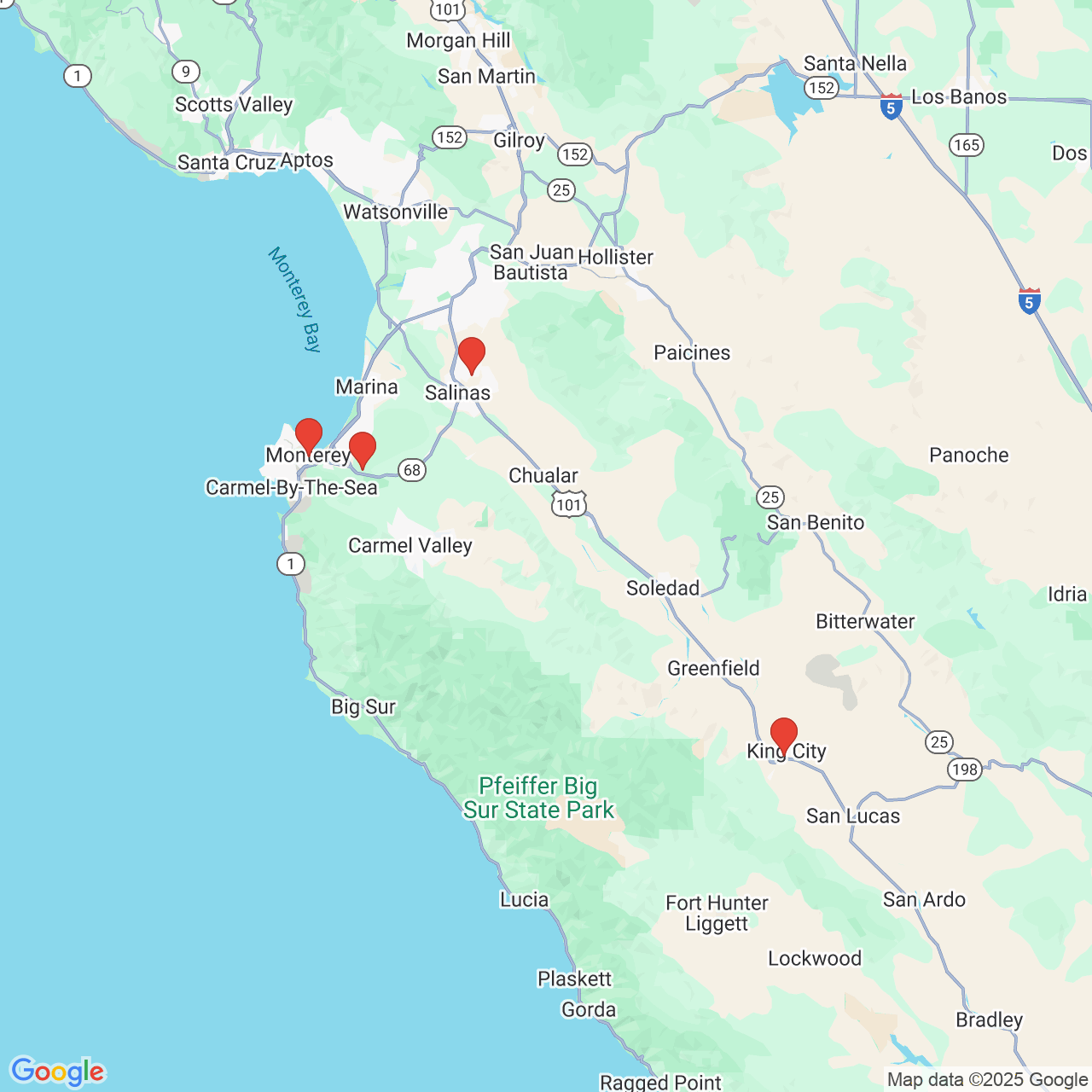Glaucoma Treatment Monterey, CA
Board-Certified Care to Protect Your Vision for Life
Expertise in advanced glaucoma diagnostics and surgery
Cutting-edge diagnostic and surgical technology
Affordable care with flexible payment options
Offices in Monterey, Salinas, and King City
Accessible Glaucoma Care With Insurance Support
The price of glaucoma care depends on your diagnosis and treatment plan, but most patients can expect:
Coverage from medical insurance for both surgical and non-surgical treatments
Lower costs for less-invasive options compared to surgery
Flexible payment options to help manage any out-of-pocket expenses
Medicare Part B covers one glaucoma screening per year if you are in a high-risk group, which includes patients with diabetes, a family history of glaucoma, African Americans aged 50+, and Hispanic Americans aged 65+. After meeting your deductible, you typically pay 20% coinsurance.
During your consultation, we can confirm coverage and discuss financing options.
“Exceptional care”
"Thank you both for exceptional care and kindness towards my mother during her glaucoma treatments. Dr. Shi, your willingness to listen and adjust medications has made a significant difference. Laura, your professionalism and patience with my mother's language barrier have eased her anxiety and this including the both ladies in the front and surgery coordinator Miss Dolores who helped us with sx schedule. Your dedication is truly appreciated." — S M, 5-star review
Let's Protect Your Vision Reach Out to Our Ophthalmologists Serving Monterey County
We Have Four Convenient Offices in Monterey County, CA
Glaucoma is one of the leading causes of blindness, but early detection and treatment can help preserve your sight for life. At Monterey County Eye Associates, our board-certified ophthalmologists use advanced diagnostic tools and proven treatments to manage the disease effectively. Whether you need a routine screening or specialized surgical care, we make the process comfortable, convenient, and accessible.
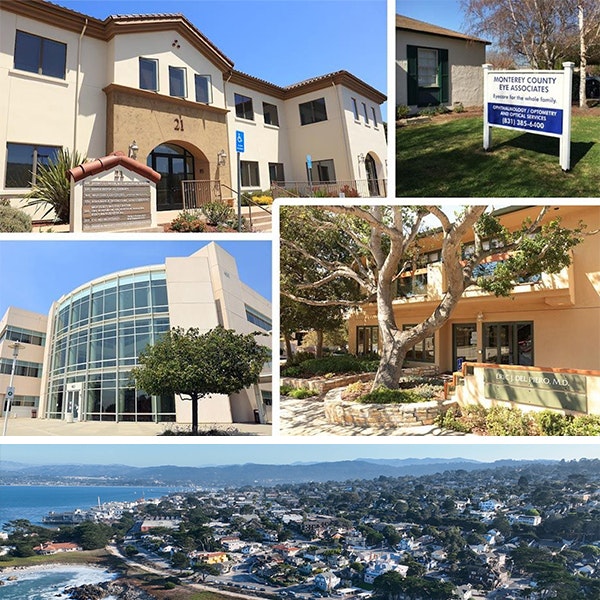
Comprehensive Glaucoma Exams for Early Detection

Advanced Testing to Pinpoint Glaucoma Type and Severity
In addition to a discussion of your symptoms and medical history, common tests performed during an exam may include:
- Tachymetry
- Gonioscopy
- Optic nerve photographs
- Optical coherence tomography
- Visual fields testing
Personalized Treatment Plans for Lasting Vision Protection
An individualized treatment plan will take into account the type of glaucoma you have and the most sensible procedure or combination of procedures that can help preserve your vision and manage the disease.
How Visual Field Testing Helps Protect Your Sight
There are various types of visual field tests. What they all have in common is that they measure your peripheral vision and the sensitivity of various parts of your sight. Our ophthalmologists will identify the best test for you depending on your personal situation.
While our doctors use advanced technology to evaluate the results of your test, what you have to do is very easy. You simply look straight ahead and signal when you see a light or object in your peripheral vision. Completing this test helps our team determine if you have glaucoma and what the best course of action is.
While glaucoma cannot be cured, there are many options available to preserve your vision and prevent blindness.
Glaucoma Stents Support Long-Term Eye Health
How Glaucoma Stents Improve Eye Fluid Drainage
A stent is a small tube that can be inserted into a passageway in the body to keep that passage open. The stents placed during MIGS are very small. While often placed during cataract removal, stents can be inserted whether or not a patient has cataracts.
Choosing the Right Stent for Your Glaucoma Treatment
Our offices in Monterey County, CA, can use a variety of stents depending on the patient's needs, including the iStent, the Hydrus® Microstent, and the XEN® Gel Stent.

Non-Surgical Treatments for Managing Glaucoma
Eye Drops and Oral Medications
Our doctors often prescribe glaucoma medications, most commonly medicated eye drops, to lower eye pressure and protect the optic nerve. While these treatments cannot restore lost vision, they are vital for preventing further damage. Use them exactly as directed; skipping doses can allow pressure to rise again, increasing the risk of permanent vision loss.
Selective Laser Trabeculoplasty (SLT)
SLT is a type of laser therapy that targets the trabecular meshwork, the natural drain for fluid within the eye. During SLT, the trabecular meshwork is exposed to laser energy. SLT is ideal for patients who experience open-angle glaucoma and can be combined with the use of medications.Micropulse Laser Trabeculoplasty (MLT)
Micropulse laser trabeculoplasty is similar to SLT in a number of ways. Both are laser therapies for patients with open-angle glaucoma. However, MLT uses much shorter pulses of laser energy that are just microseconds long, offering a much gentler form of treatment.“A+++ care.”
“The time in the waiting room was much shorter than it has been for years. Everyone seemed to be friendly & efficient in their duties, & Dr R took the time to explain everything. I feel I received A+++ care.” — Peaches B., 5-star review
Book Your Glaucoma Screening Today
If you are experiencing sight loss, vision obstruction, eye pain, or headaches, you may be suffering from the group of eye conditions known as glaucoma. Glaucoma is often caused by intense eye pressure. Untreated eye pressure can destroy your optic nerve, causing vision loss and blindness.
At an eye exam, our ophthalmology experts can determine if you do have glaucoma and begin providing the eye care you need. Time is of the essence. Call (831) 424-1150 or write to us to request your eye exam now.
Understanding the Two Most Common Types of Glaucoma
Most types of glaucoma involve increased pressure within the eye (intraocular pressure). These are the two most common types of the condition.
Open-Angle Glaucoma
The most common form of the eye disease, open-angle glaucoma comprises approximately 90 percent of all diagnoses. It's caused by the slow clogging of the drainage canals in the eye, increasing intraocular pressure. The angle between the iris and cornea are open and wide.
Angle-Closure Glaucoma
In angle-closure glaucoma, a patient experiences blocked drainage canals but has a narrow angle between the iris and cornea. While not as common as open-angle glaucoma, the signs and symptoms of angle-closure glaucoma are much easier for people to notice.
In addition to open-angle and angle-closure glaucoma, other kinds include congenital (childhood) glaucoma, normal-tension glaucoma (NTG), and pigmentary glaucoma.
Acute Angle-Closure Glaucoma is an Emergency
Acute angle-closure glaucoma is a sudden and severe increase in intraocular pressure. This can cause optic nerve damage. Optic nerve damage is irreversible and could lead to blindness. If you have sudden and severe onset of angle-closure symptoms, such as those listed above, seek treatment immediately to prevent permanent damage to your vision.
Common Symptoms Protect Your Vision by Knowing the Warning Signs

Different types of glaucoma have different symptoms. Keep in mind that you may not notice any symptoms until you've experienced significant vision loss. This is why it's important to schedule regular eye exams.
Open-Angle Glaucoma Symptoms
- Blind spots in central or peripheral vision
- Tunnel vision, especially in advanced stages
Angle-Closure Glaucoma Symptoms
- Blurry vision
- Red eyes
- Eye pain
- Headaches
- Nausea
- Vomiting
Risk Factors
/
- Being 60 years old or older
- African, Asian, or Hispanic descent
- Family history of the condition
- Extreme myopia or hyperopia
- Thin corneas
- Previous eye injury or surgery
- Medical conditions (diabetes, sickle cell anemia)
- Long-term use of corticosteroids
“The people who treated me cared.”
“There was very little waiting time throughout the process. The professional people who worked with me during my visit were efficient without making me feel rushed, knowledgeable, clear in their explanations, helpful and very pleasant and friendly. I would recommend this eye care center to anyone. I came away feeling that the people who treated me, cared.” — Nancy A., 5-star review
Take Your Eye Health
Into Your Hands
Seeing our ophthalmologists now is the best way to protect your vision later. No patient regrets preventing life-long vision loss. Our California team of experts has a deep understanding of all causes of and treatments for glaucoma, and can help preserve your vision.
At Monterey County Eye Associates, your optic nerve will receive the optimal care you need. Request your eye exam now by calling (831) 424-1150 or by writing to us.
Living With Glaucoma Helping Patients With Long-Term Management
There's a lot you can do to lead a fulfilling and enriching life in spite of this progressive eye disease.

Schedule Frequent Vision Checkups
People diagnosed with or at risk for glaucoma should consider visiting an eye doctor more frequently. This may mean annual or biannual trips to see an eye care specialist. Repeated visual field tests allow us to ensure glaucoma treatment is working.
Make Healthy Lifestyle Choices
Good general wellness can make a difference when it comes to your vision. Be sure to eat a well-balanced diet, exercise regularly, and see your doctor for your annual physical.
Talk with Your Loved Ones
If you need emotional support, speak with your family, friends, and support network about what you're feeling. You can also reach out to our eye doctors for advice and assistance.

